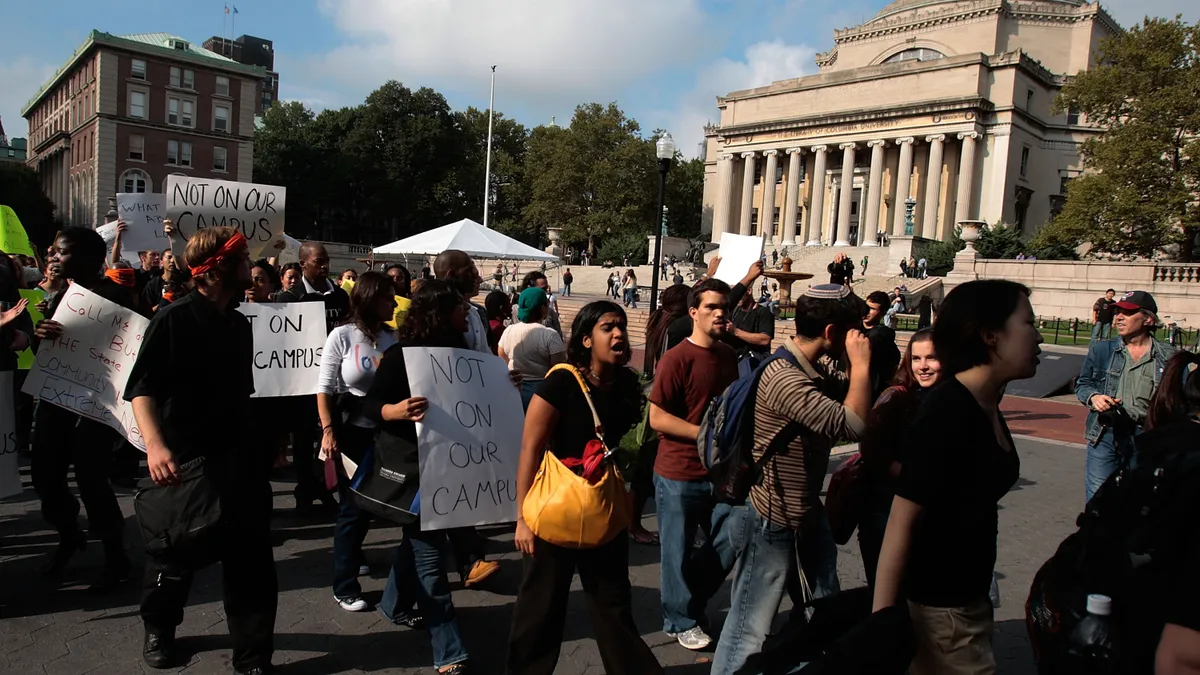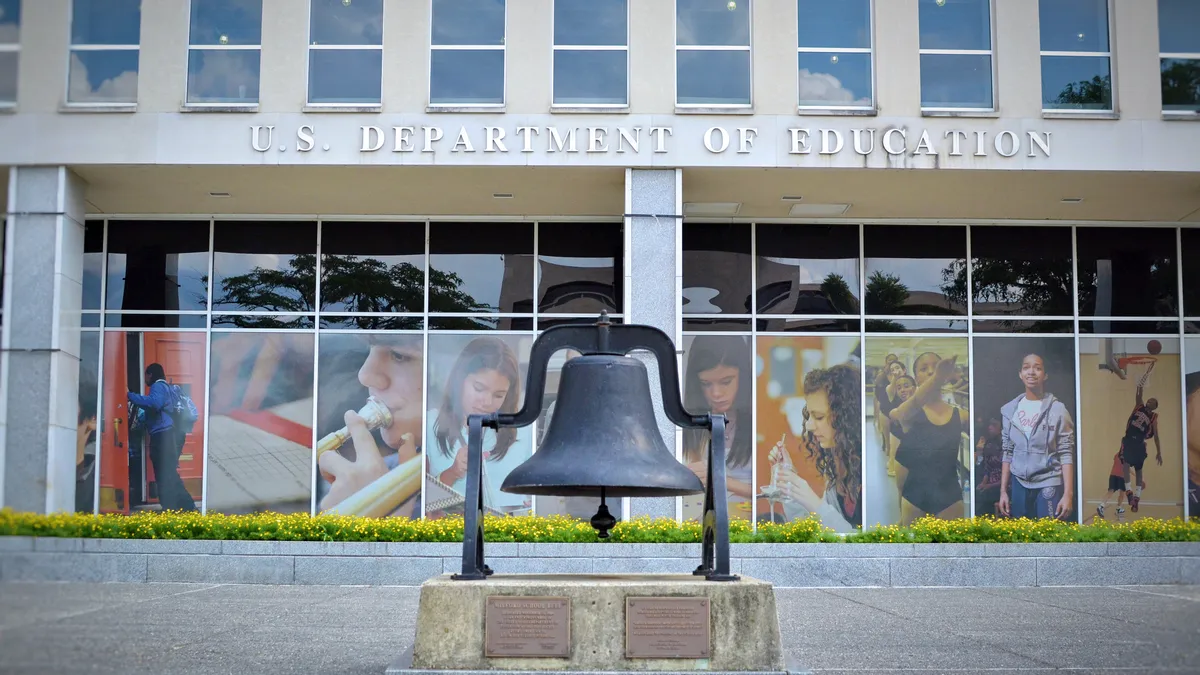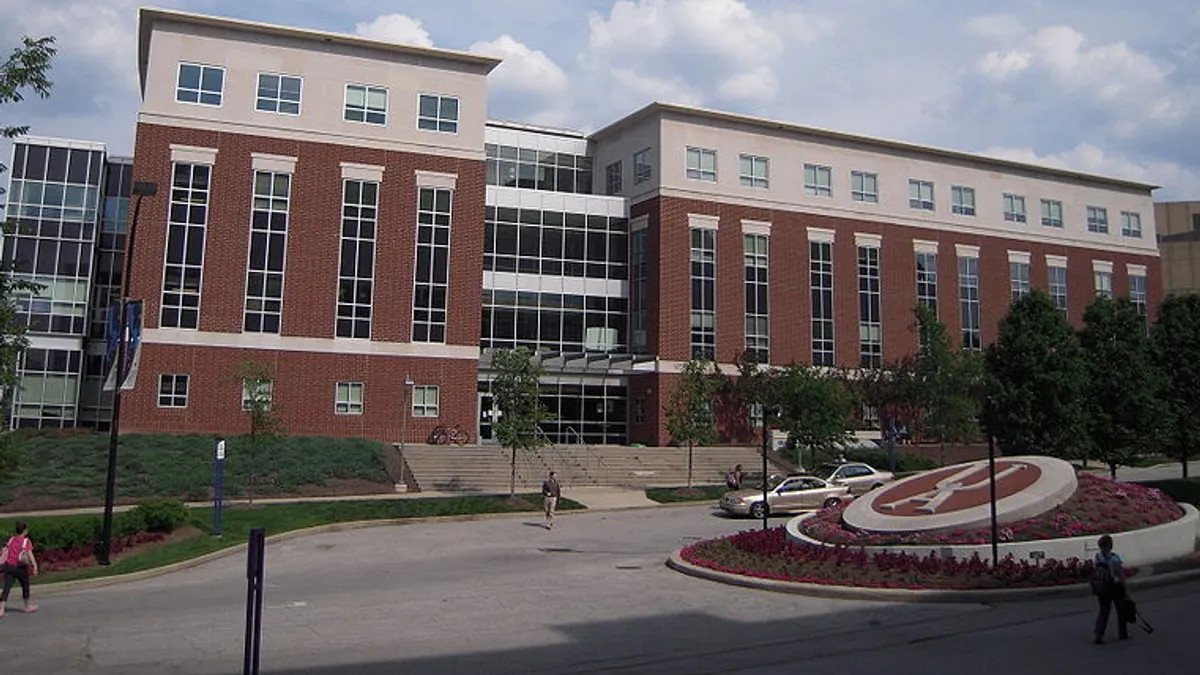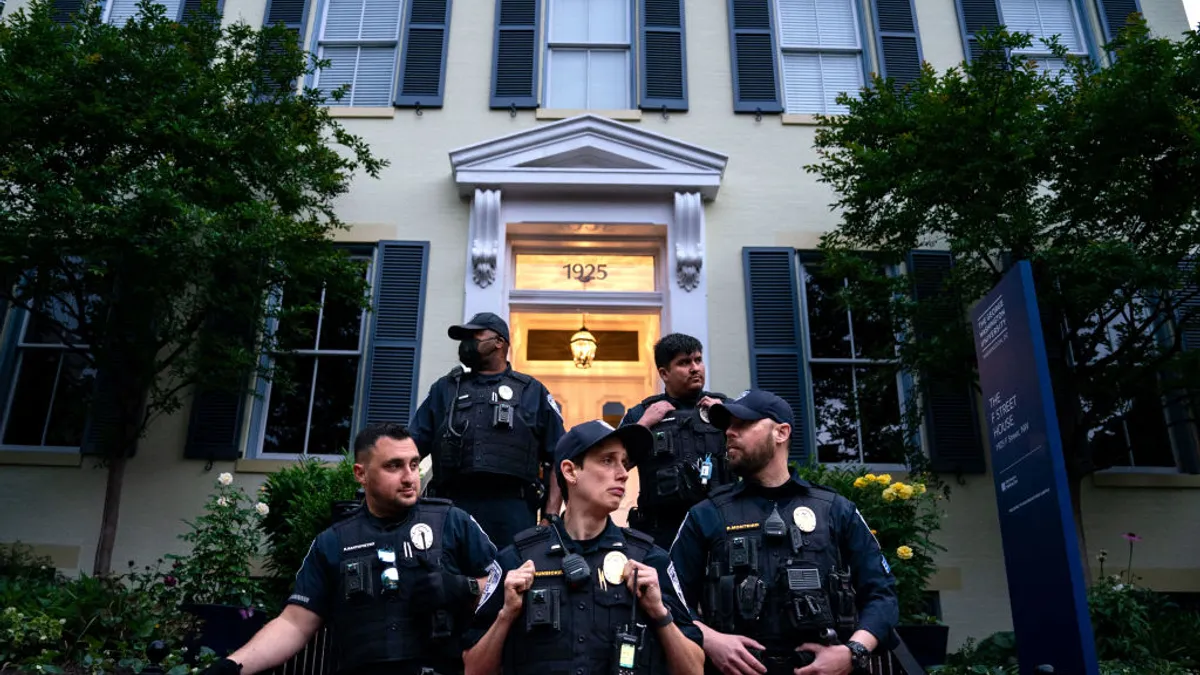W. Carson Byrd is senior fellow-in-residence at the National Center for Institutional Diversity at the University of Michigan and the author of "Behind the Diversity Numbers: Achieving Racial Equity on Campus."
In the months that followed the murder of George Floyd in Minneapolis, a racial reckoning swept the U.S. Leaders across American higher education issued bold calls for social justice and laid out tentative plans of action on their campuses. Universities were quick to create faculty hiring clusters, revise liberal education curricula, and establish new initiatives to sustain the efforts needed to push their institutions and surrounding communities closer to the ideals said to be at the heart of the nation.
Despite these seemingly progressive efforts, as academics Hakeem Jefferson and Victor Ray note, with every racial reckoning comes white backlash in varied forms. We have witnessed a wave of anti-critical race theory legislation, laws against "divisive concepts," and a resurgence of efforts to weaken tenure and academic freedom protections. Another Supreme Court case to possibly eliminate race-conscious admissions will be argued in the court's upcoming term starting this fall. Universities face pressure to survey the political leanings and "viewpoint diversity" of faculty. College and university leaders must balance these tenuous situations around demands for social justice with the ever-evolving political contexts of what a decision in support of racial equity may mean for their institutions.
A major concern is that universities will back away from their commitments because a predominant view of racial inequality in society and by organizations is that it is mainly the result of bad actors with bad intentions. Such institutional tunnel vision on interpersonal interactions can present a false sense of progress.
Data, and better uses of it, can play a more central role in monitoring and sustaining higher education’s commitments to racial equity and justice amid mounting political pressures to provide responses and justifications for such decisions. Incorporating data further into decision-making in this political climate is critical to upholding the commitments made over the past two years.
Not knowing what and where data exists on campus is one obstacle hindering improved data usage.

Not knowing what and where data exists on campus is one obstacle hindering improved data usage. Student surveys do not exist in one office, and neither do enrollment or employment data. Some universities have intricate analytics programs connecting multiple forms of data to identify barriers to degree progress, and even to produce course equity reports.
Creating a comprehensive inventory of available data and where it is housed allows campus leaders to quickly and effectively use available data to inform decisions. However, these lists should not be limited to quantitative data. It is necessary to reach out to librarians, historians and faculty to identify qualitative data. Connecting every number used to the voices of campus community members experiencing inequity and injustice is important to contextualize and deepen analyses for more effective decisions.
With universities facing key position turnover, documentation and institutional memory about data can quickly evaporate. Improving documentation assists with understanding how data was constructed and archived, what questions can be answered with them, and what communities on campus may be disproportionately impacted by using certain data because of collection limitations. For example, race and ethnicity categories continuously change, with some universities employing expanded categories that do not neatly align with past data collection or recognize all groups on campus. This presents a challenge for examining diversity across many years to see if policies such as test-optional or test-flexible admissions impact access to campus.
Before a college uses data on race and ethnicity, gender, sexual orientation, and socioeconomic status, it is necessary to document how different data has evolved, and how data may be joined together. This can identify and avoid detrimental assumptions about groups, identities and inequalities when analyzing data to improve equity on campus. All of this can improve communication of findings and limit perpetuating the inequities behind well-intentioned efforts.
Universities should improve their analytic capacity by creating networks of equity analysts within and across campus units

Lastly, universities should improve their analytic capacity by creating networks of equity analysts within and across campus units. These networks can utilize the full range of expertise available to examine what progress has been made toward racial equity and what changes are needed to further pursue it.
Relying on one staff member in an institutional research office or sporadically asking a few faculty members for insights does not provide a comprehensive or sustainable approach to supporting data-informed decisions or equity more broadly. Hiring equity analysts and creating a collaborative network across faculty and staff to support institutional efforts are more durable structures for equity on campus. Bringing students — who are often more attuned to the proverbial heartbeat of racial equity and justice issues on campus — into research teams can build their skill sets and the dynamism of the campus to fulfill its stated missions and goals.
Although these are seemingly simple steps to improve data usage to support institutional efforts, they are critical to remaining agile and responsive in a highly volatile era. Political pressures can hinder racial equity and justice efforts in higher education, requiring engagement with data in ways not necessarily envisioned when most data were originally collected. Equity-minded data analytics require more people to collaborate around data and its usage to inform campus decisions.
If we are to continue making strides toward the ideals of racial equity and justice in higher education, we must confront how our common organizational approaches to using data can limit what we understand about the injustices and inequities of our campuses, and what we can and should do about them moving forward.























